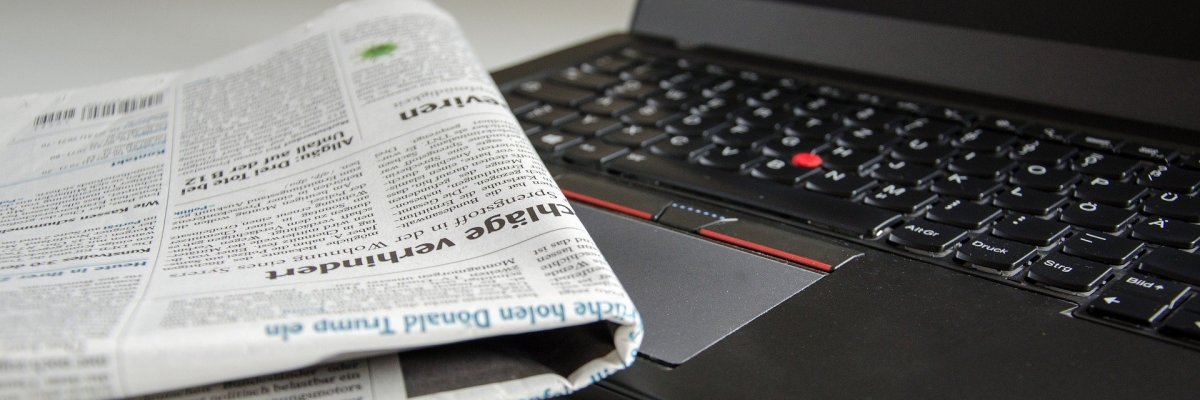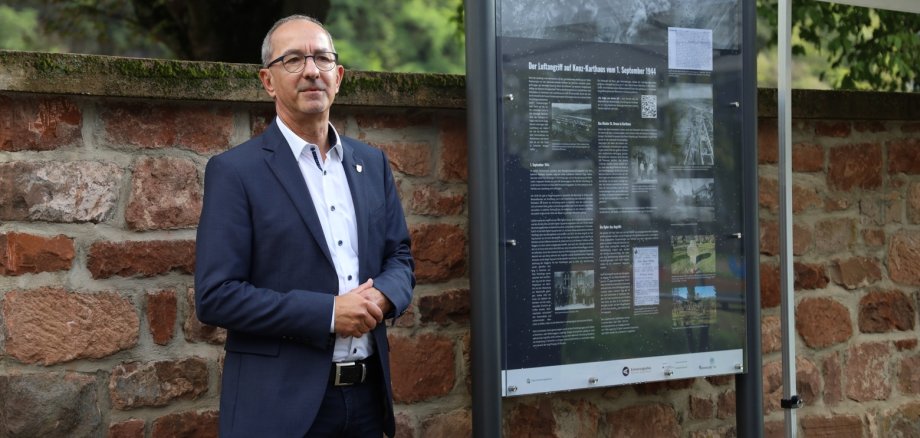Information board makes a place of remembrance visible
Conc, September 29, 2022
Remembrance is important - it keeps the memory of victims alive and at the same time reminds us to learn from the past for the future. Up until now, there has been little in Karthaus to remind us of the air raid on September 1, 1944, which Rudolf Molter described in the chronicle of the Karthaus monastery as an “unparalleled catastrophe” for Karthaus and the monastery. That has now changed with the unveiling of an information board.

Photo: Mayor Joachim Weber at the unveiling of the commemorative plaque (© Partnership for Democracy)
The project sponsor “Erinnerung der Großregion eV” has set itself the goal of making a hitherto invisible place of remembrance visible and, by placing it in the historical context, anticipating a relativizing appropriation of these events as part of the “Places of Remembrance II” project. As part of the project, information was collected and an eyewitness interview was conducted with a Konzer citizen who had to witness the air raids on her home town as a child. All researched information was incorporated into the digital memory atlas together with the interview, which can be found at www.erinnerungsatlas.eu is available.
The information can now also be read on an information board that was unveiled on Tuesday by Mayor Joachim Weber in the monastery park, in the immediate vicinity of the railway facilities, where well over 100 people lost their lives on September 1, 1944. Also present were representatives of the project sponsor and those involved in the project, members of the monitoring committee of the Partnership for Democracy, as well as the Konzer city chronicler and honorary citizen Rudolf Molter and the local historian Adolf Welter from Trier.
The project, which is supported by the partnership for democracy in the Konz municipality and was funded by the Federal Ministry for Families, Senior Citizens, Women and Youth as part of the federal program "Live Democracy!", wants to convey historical knowledge and actively help shape a reflective culture of remembrance in society .

